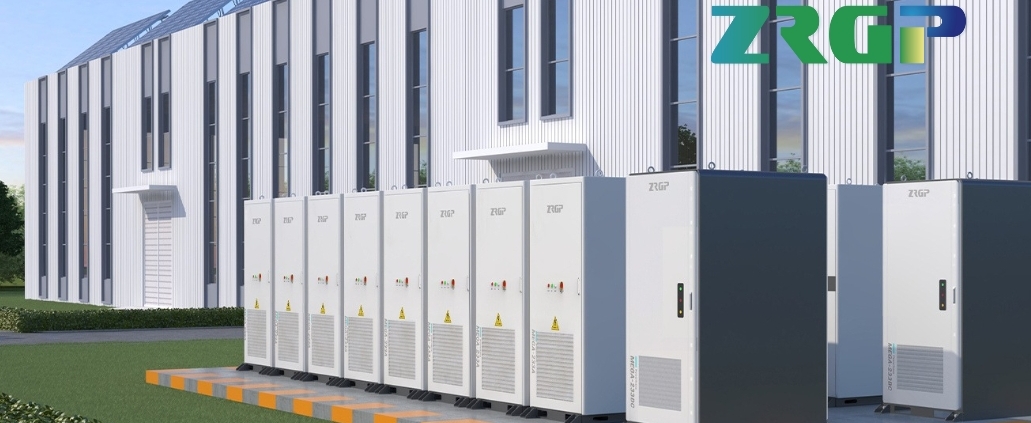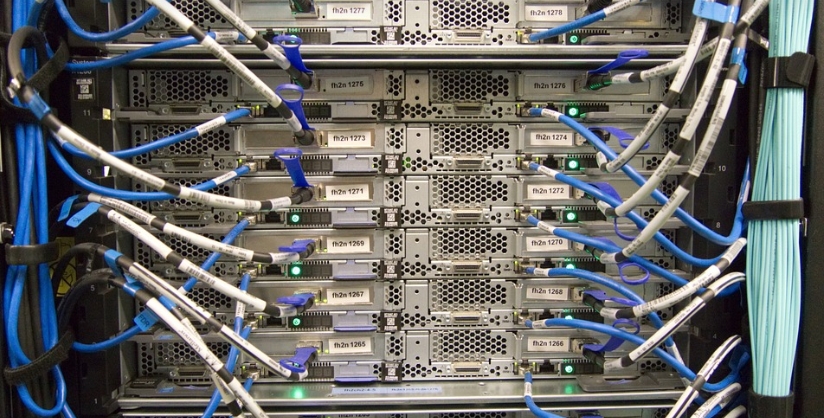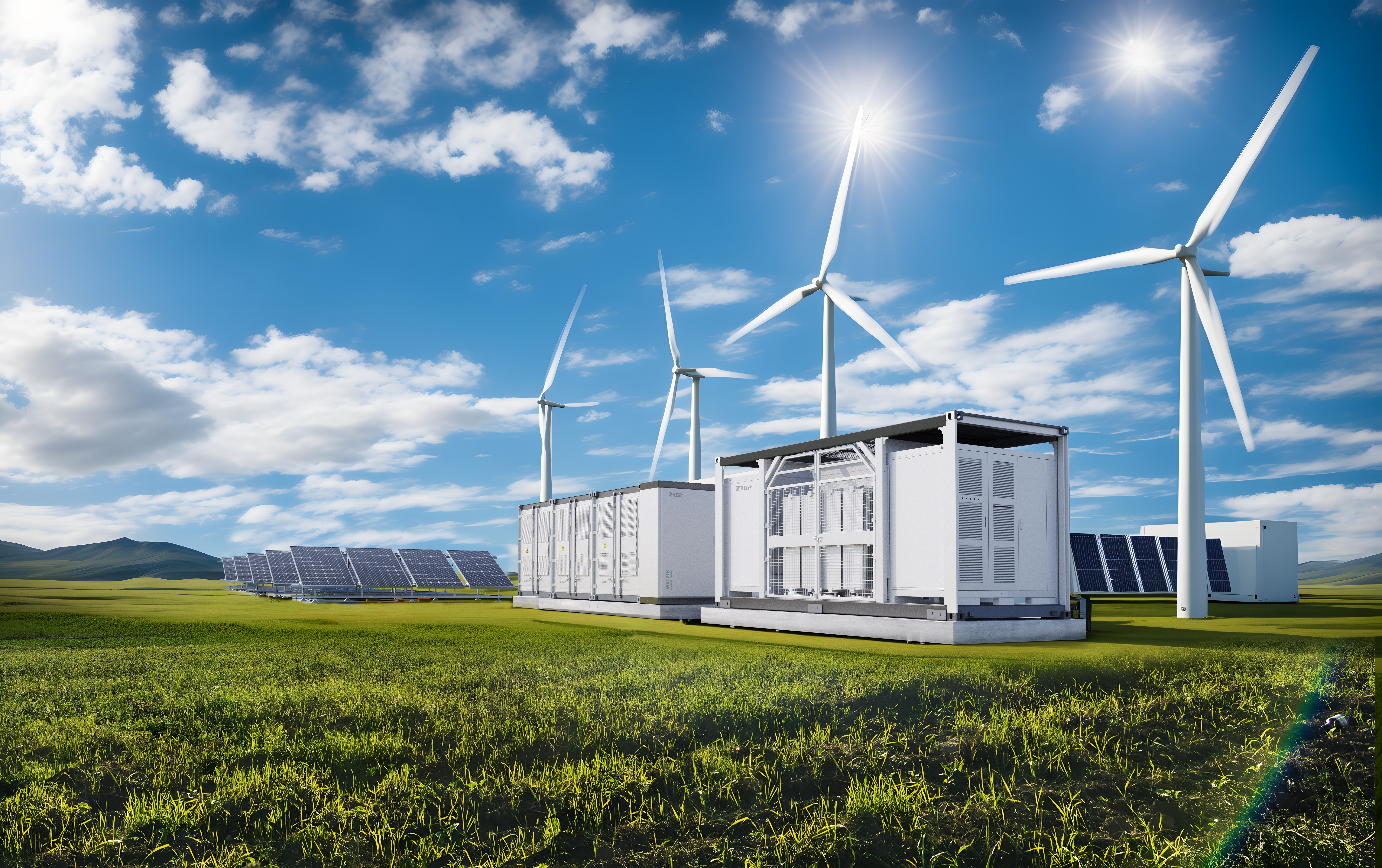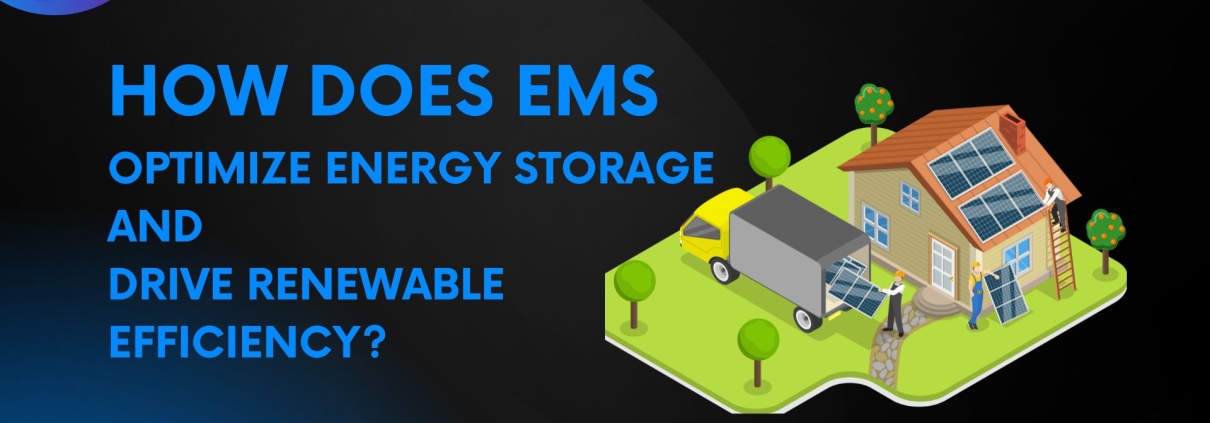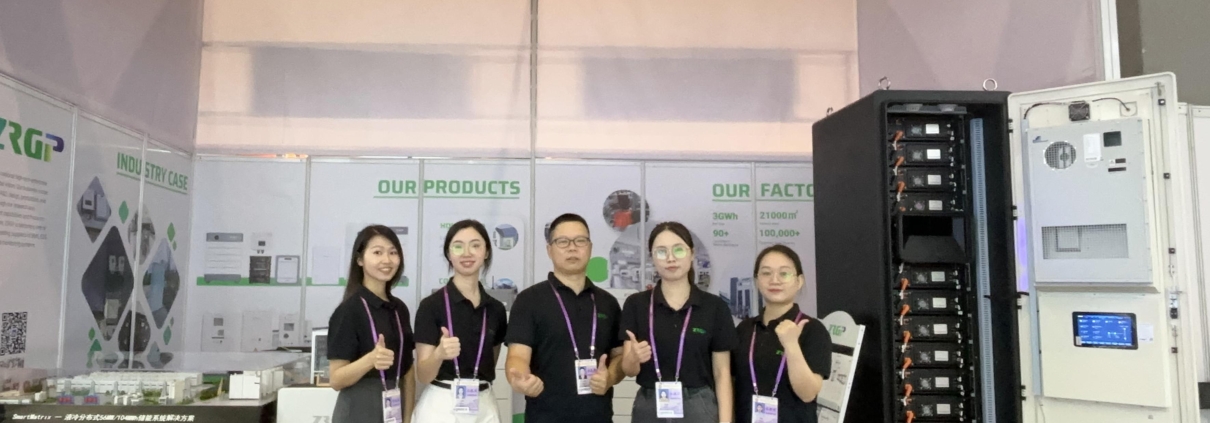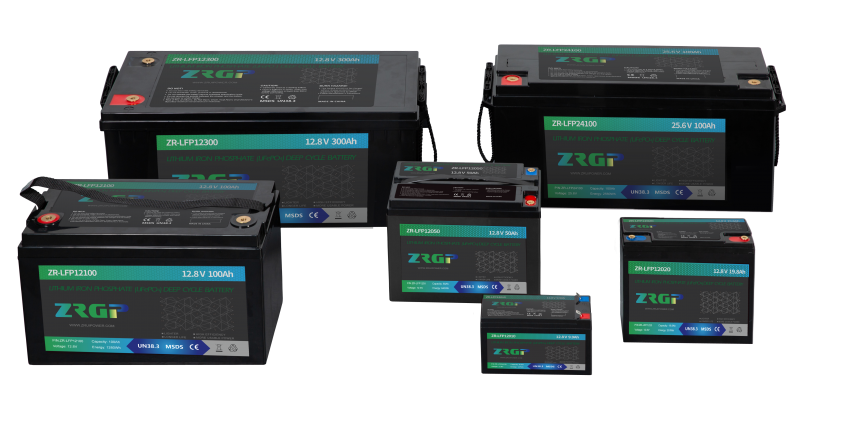Understanding the Distinction Between PV and AC Combiner Cabinets
Combiner boxes are critical components in photovoltaic (PV) and energy storage systems, responsible for integrating, protecting, and monitoring electrical power on the DC or AC side. They act as a bridge between decentralized power sources and subsequent devices, streamlining power management and enhancing operational efficiency.
Modern PV and energy storage systems utilize PV combiner boxes for DC power management and AC combiner boxes for AC power handling. A thorough understanding of their functions, characteristics, and applications is fundamental to designing and deploying efficient and reliable systems.
PV Combiner Box: The Core of DC Management
1. Core Functions
A PV combiner box connects PV modules to the inverter, managing DC power transmission while ensuring system stability and safety. Its primary functions include:
- Power Integration: Combines DC outputs from multiple PV strings into a single output, simplifying cabling.
- Safety Protection: Provides overcurrent, short-circuit, and lightning protection through fuses and surge protection devices (SPD).
- Performance Monitoring: Supports real-time monitoring of parameters such as current and voltage, enabling fault diagnosis and operational optimization.
2. Technical Composition
A typical PV combiner box includes the following core components:
- Input Terminals: Multiple inputs to accommodate several PV strings, configurable based on system size.
- Fuses: Individual protection for each string to prevent overcurrent damage.
- Surge Protection Devices (SPD): Protect against lightning strikes and transient overvoltages.
- Main Circuit Breaker: Controls the combiner box’s total output for easy maintenance and fault isolation.
- Monitoring Module (Optional): Collects real-time operational data and transmits it to remote monitoring systems.
3. Application Scenarios
PV combiner boxes are indispensable in various PV system setups:
- Centralized PV Systems: Aggregate outputs from large-scale PV arrays for transmission to central inverters, ideal for utility-scale solar farms.
- Distributed PV Systems: Commonly paired with string inverters in commercial rooftop PV installations.
- Energy Storage Integration: Connect PV modules with energy storage devices, managing DC energy flow efficiently in PV + storage systems.

4. System Layout of PV Combiner Cabinet
In this example, we use the ZRGP PowerTrans MAX-215BC system layout to demonstrate the role of the PV combiner cabinet in energy storage systems. This layout highlights how the cabinet consolidates and protects PV outputs while ensuring seamless integration with power conversion systems and energy storage components.

This system layout illustrates the complete process of photovoltaic power generation, energy conversion, and storage. On the left, the photovoltaic arrays (PV-1 to PV-12) convert solar energy into DC electricity. Each of the 12 PV strings is connected to the PV Combiner Cabinet through independent inputs. The combiner box consolidates the DC outputs from multiple PV strings, with fuse protection to prevent overcurrent or short circuits, and surge protection devices (SPD) to guard against lightning strikes or overvoltage.
The consolidated output is then passed through 12 independent output ports (Out-1 to Out-12) to the 1.5MW Power Conversion System (PCS) Cabinet. The PCS converts DC electricity into AC for supply to loads or the grid, while also supporting reverse charging from the grid to the storage system.
The system also includes a Battery Storage System at the bottom, featuring battery modules and a Battery Management System (BMS) for efficient energy storage and management. It enables the storage of surplus PV energy and provides backup power for off-grid loads.
The modular design of the layout supports flexible expansion, making it suitable for multiple application scenarios, including grid-connected power generation and off-grid energy storage.
AC Combiner Box: The Core of AC Management
1. Core Functions
AC combiner boxes manage AC power output between inverters and the grid or loads. Their main functions are:
- Power Consolidation: Combine AC outputs from multiple inverters into a single feed for the grid or loads.
- Protection: Provide safeguards against short circuits, overloads, and lightning through breakers and SPDs.
- Performance Monitoring: Monitor parameters such as voltage, current, and power to ensure stable and efficient grid connection.
2. Technical Composition
The key components of an AC combiner box include:
- Input Breakers: Independent protection for each inverter’s output.
- Surge Protection Devices (SPD): Protect AC equipment from lightning strikes and overvoltage.
- Main Output Breaker: Controls the combined output circuit for easy maintenance and fault isolation.
- Monitoring Module (Optional): Tracks real-time AC-side data, supporting remote management and system optimization.
3. Application Scenarios
AC combiner boxes are widely used in energy storage and grid-connected systems, particularly in the following cases:
- String Inverter Systems: Combine outputs from multiple inverters for efficient grid connection in mid-sized PV projects.
- PV + Storage Integration: Unify outputs from PV and energy storage inverters, enabling centralized dispatching.
- Multi-Inverter Parallel Systems: Aggregate outputs from several inverters in distributed PV setups to ensure load stability.

4. System Layout of AC Combiner Cabinet
Using the ZRGP PowerTrans Mega-233BC as a reference, this layout showcases the pivotal role of AC combiner cabinets in industrial and commercial energy storage systems. From consolidating AC outputs to facilitating seamless communication between components, the cabinet serves as an integral part of a scalable and reliable energy storage architecture, meeting the demands of complex applications.

This system layout represents a modular distributed energy storage management architecture designed for efficient operation with layered communication and centralized control, while offering flexible scalability. The system consists of multiple energy storage arrays, each equipped with a Combiner Cube, Power Conversion System (PCS), Battery Management Units (BMUs), as well as Dynamic Ring Monitoring and Variable Measurement & Control modules. The Combiner Cube serves as the core node, aggregating data within the array and communicating with the station-level servers via LAN/RS485. The Dynamic Ring Monitoring module ensures real-time system status tracking, while the Variable Measurement & Control module provides precise data feedback and operational optimization, ensuring safe and stable performance.
Station-level servers connect to the energy storage arrays through EtherCAT and Ethernet, enabling centralized monitoring and bidirectional control. These servers also support remote operation in distributed scenarios through integration with RTU systems. The PCS facilitates bidirectional energy conversion between DC and AC, working in collaboration with the BMUs to manage battery status and provide critical protection functions such as overcharge, overdischarge, and thermal management. EtherCAT ensures high-speed, low-latency communication, enabling the real-time transmission of critical data for efficient system coordination.
Additionally, the system design supports the parallel expansion of multiple energy storage arrays, allowing for scalable capacity to meet varying application requirements. With built-in redundancy across communication links, power supplies, and control layers, the system ensures high reliability and fault tolerance. This architecture is well-suited for complex and high-security energy storage applications, providing a comprehensive and efficient solution for distributed energy storage systems.
Comparison Between PV and AC Combiner Cabinet

Technical Development Trends
- Intelligent and Remote Management: Integration of IoT technology enables remote fault alarms, real-time data transmission, and intelligent analysis.
- Modular Design: Modular combiner boxes simplify scaling and replacement, catering to diverse project needs.
- High Voltage Adaptability: Designed to accommodate system voltages from 1000V to 1500V and beyond, aligning with advancements in PV module technology.
- Enhanced Environmental Resilience: High IP-rated designs for operation in harsh environments such as deserts, high altitudes, or coastal areas.
- Integrated Solutions: Future combiner boxes may integrate with inverters and storage systems, enabling more efficient and streamlined system designs.
Conclusion
PV combiner boxes and AC combiner boxes serve critical roles in managing DC and AC power in PV and energy storage systems. They complement each other by ensuring reliable power integration, protection, and monitoring across the system. As technologies advance, combiner boxes will continue to evolve with a focus on intelligent features, modular designs, and higher voltage compatibility, driving innovation in the PV and energy storage industry.

